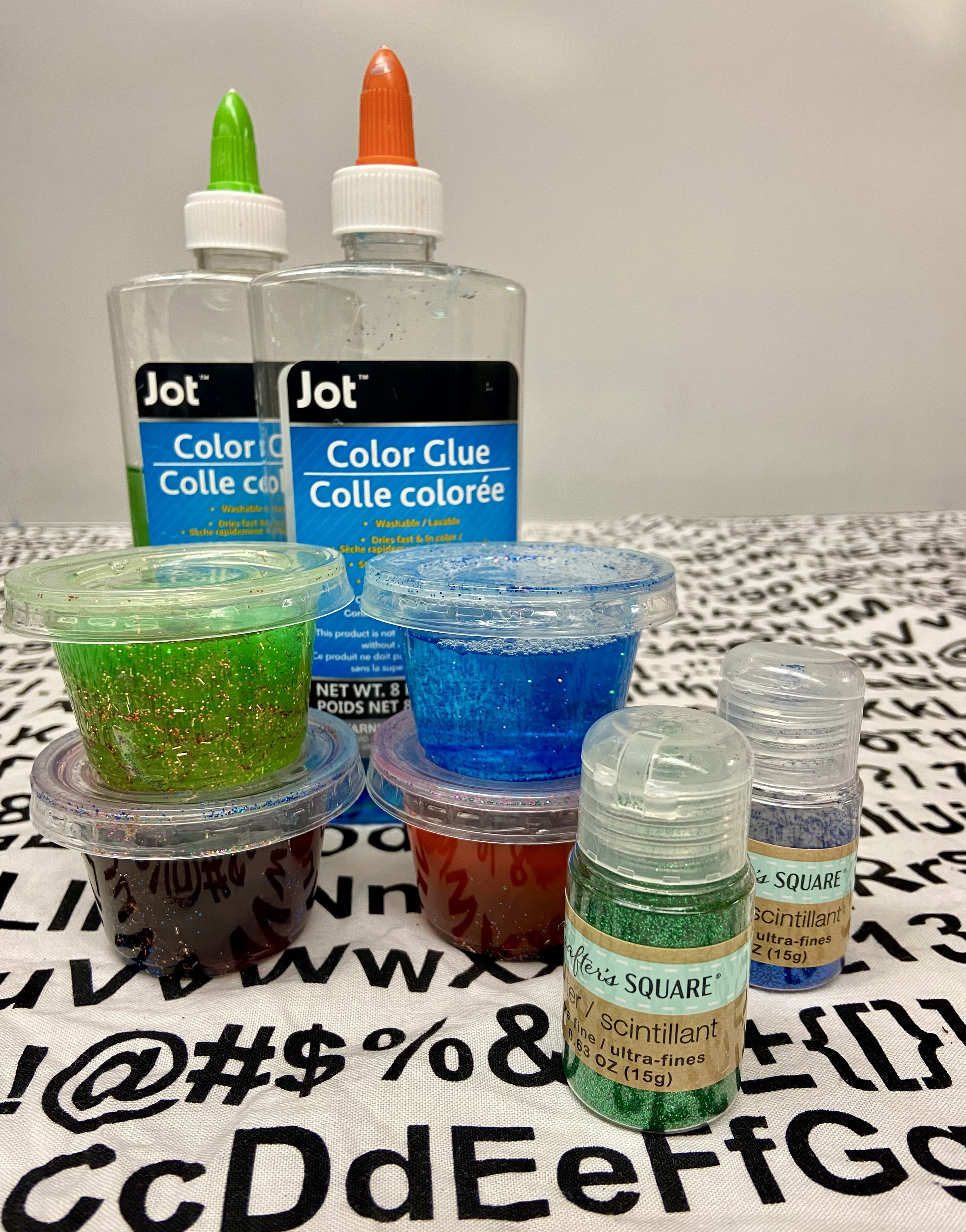Mindfulness
When stress bubbles up and remains high, it’s difficult to learn new things. Our nervous system puts everything on hold except for the emergency at hand. While we know that cortisol and adrenaline are the hormones we need to get out of real danger (or confront it head-on), being in a state of flight-or-fight is not a good time for getting schoolwork done. Or for making thoughtful decisions. Or working out a conflict with a friend or family member or teacher. Practicing mindfulness and learning to be aware of our own feelings in real time can help us manage sustained, overwhelming stress and anxiety. Some years back, I developed a simple check-in for students to do upon arrival in class. This vocabulary-rich one-pager became one of the most popular Do Nows we ever Did Then. Students felt better taking the time to consider and express their feelings. As their teacher, I felt better understanding how they were feeling that day — also why they believed they were feeling the way they were. How Are You Feeling Right Now? has been a go-to exercise for Project Lab St. Louis students ever since. Here’s how it looks.
Feelings Exercise
Mindfulness puts us in touch with our senses and what we’re feeling in the here and now. Similarly, the Sensory Garden at Restoration & Wellness will be a place filled with plants that students can touch, smell, listen to, taste, and observe. Catmint. Comfrey. Lamb’s ear. Curry. Baptisia pods. It will be a place where students and teachers can feel both connected to the living world around them and connected to their own feelings and sensations. In other words, it will be a place safe for practicing mindfulness.
Introducing
Mindfulness
Valaree Logan
One of Restoration's missions is for students to have the skills and tools to make responsible decisions. Earlier this month, in the aftermath of heated conflicts among students, I knew the time had come to introduce mindfulness. And so we grabbed our yoga mats and students unrolled them in the grass, either in the shade under trees or out in the sun. The session began with students completing the Feelings exercise. Some students were both peaceful and frustrated, or happy and worried. "I just have a lot on my mind right now," someone said. "Today is not my day," another shared.
As they got into comfortable positions I walked around slowly and spoke about mindfulness and how we can use the power of being present to gain control over our thoughts and actions. As they lay there I walked them through ways they can become present to this moment. Using our breath to ground us, using our senses to calm our bodies down when we feel heightened. It was beautiful. A few students even fell asleep.
As we began to wake up and transition to dismissal, students got up with smiles on their faces. Some were surprised that they had actually fallen asleep! Imagine being feeling safe enough to not only try something new, but also to listen to what your body is telling you and then having space to honor those needs -- in this case, the need was rest. The need to reset and regulate overwhelming emotions.
One middle schooler just didn't want to lie down. He said it seemed silly. I explained that you don't have to lie down to practice mindfulness. I suggested that he walk around, to and from the grassy area behind the tree and away from the others. He jumped at the idea. I walked him through the same ways to become physically and emotionally present.
Afterwards, I debriefed with one of their teachers and we decided to try to make mindfulness a daily experience. When I got there the next day they all lit up! The students had been asking all day when we would get to practice MINDFULNESS! And so we went outside and did it all again. I reiterated the same things I'd said the previous day. How to become present with the help of our senses -- taking inventory of how our bodies are feeling physically. Are muscles tight or relaxed? Are we cold or hot? Achy? How are we breathing? Are our teeth or jaws clenched?
The next week, we made calming jars before we went to sit on our mats outside. As we were making the jars, I explained that the glitter floating all around in the glue represented our emotions. It's possible to walk around feeling "out of control" or whatever big emotion we may be feeling in any given moment. We shook the jars until the bits of glitter were floating all around, as in a snow globe. Then we put the jars down and watched the glitter slow down, stop moving every which way, and eventually settle on the bottom in stillness.
Just as putting the jar down allows the glitter to settle down, our breathing patterns can help our feelings settle down. I explained how to take a deep breath, and how the calmness spreads once we get to that third consecutive deep breath. At that point, we're able to gain control and see clearer. We can make decisions that are not reactive but thoughtful. The very next day, students and teachers practiced a more movement-focused mindfulness exercise, this time one that got our heart rates up. We followed this up with a quiet, 10-minute meditation.


